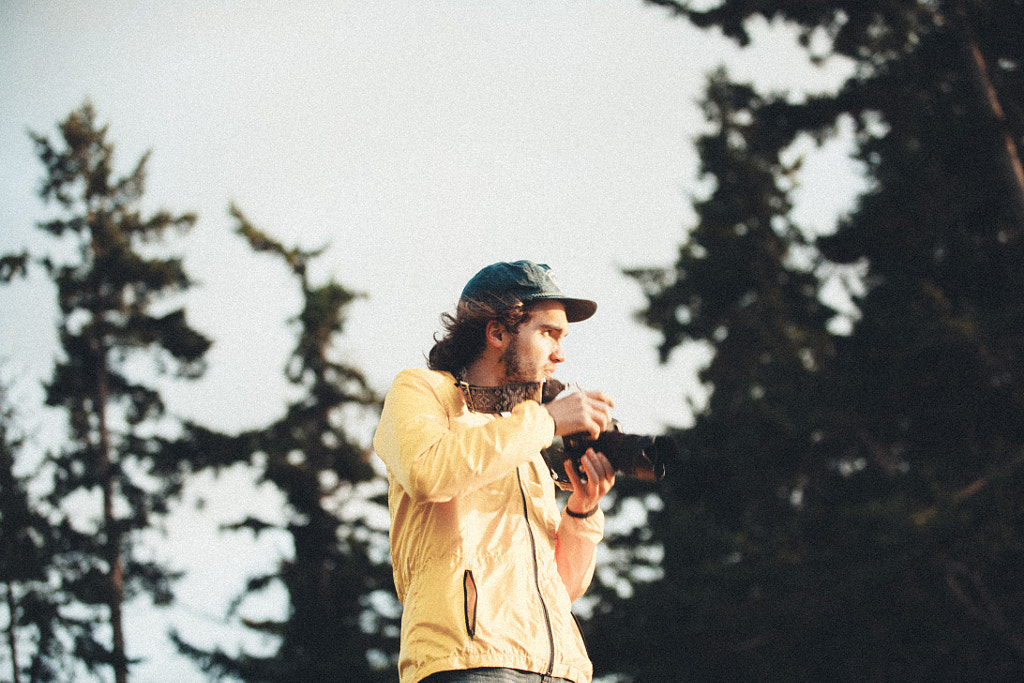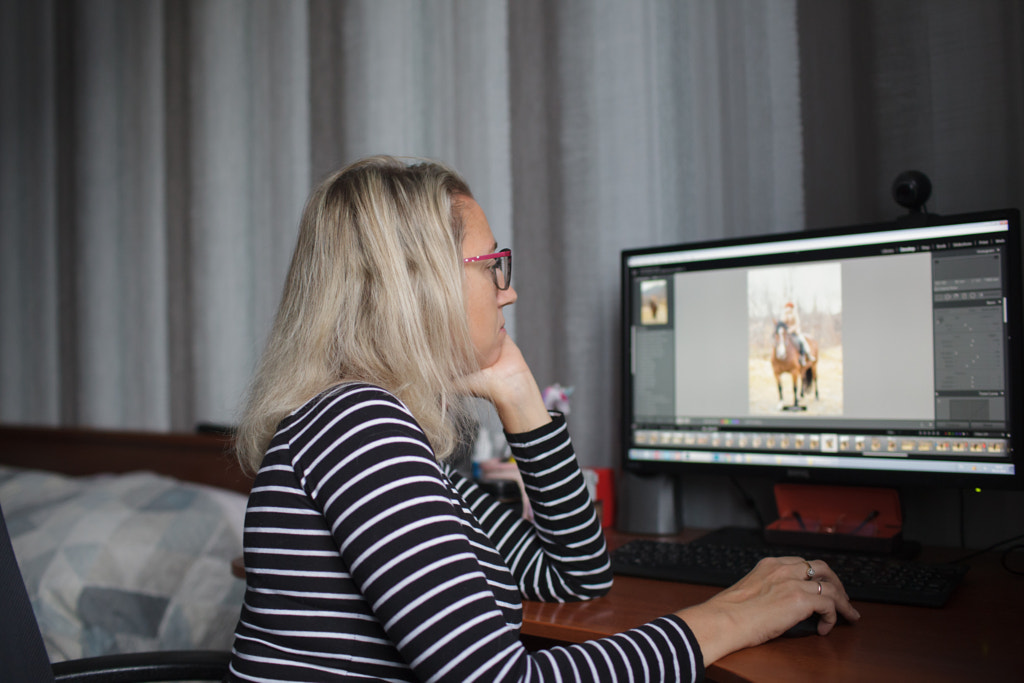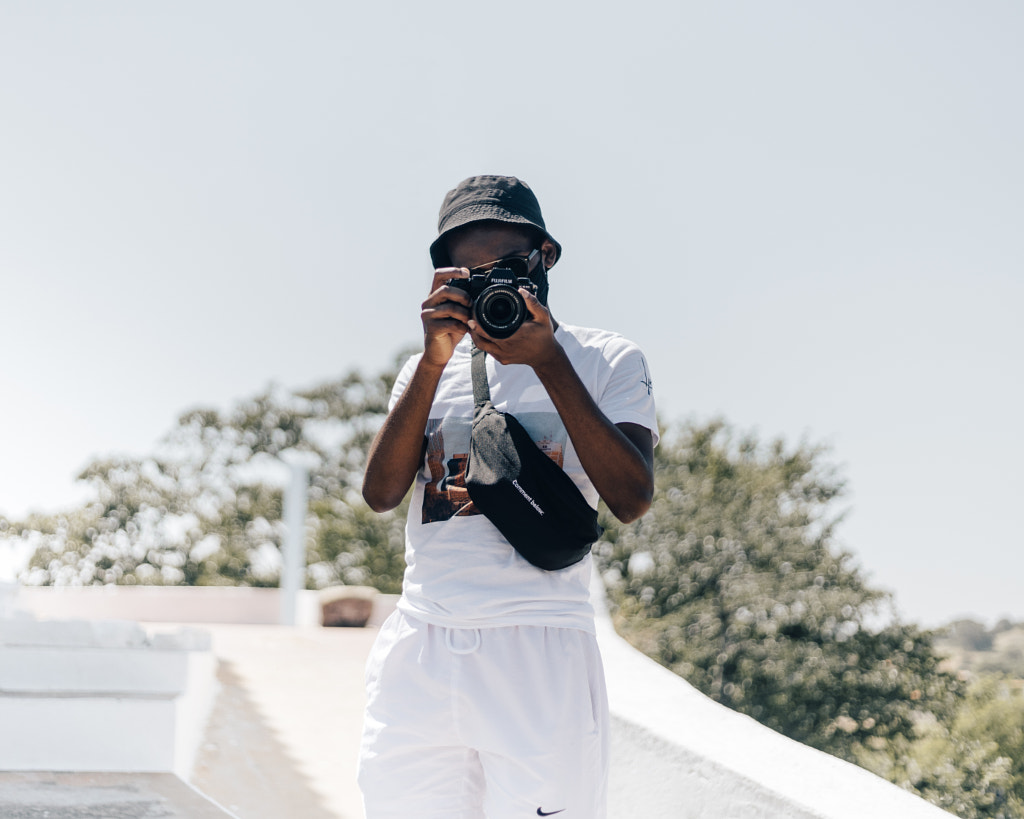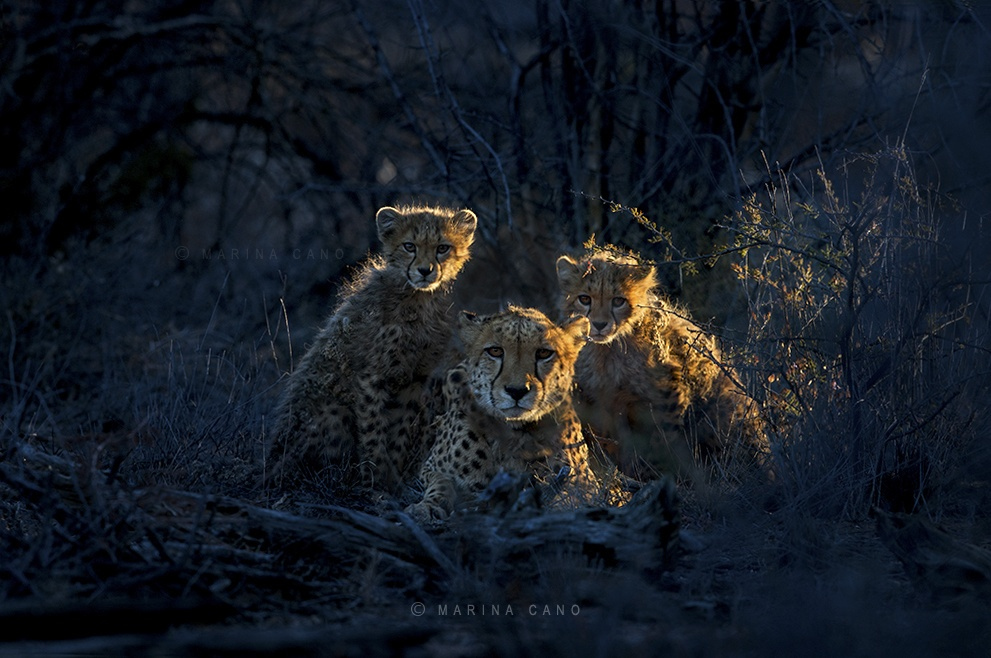Early this summer, legislators in Norway passed regulations requiring advertisers and social media influencers to label photographs that have been retouched, including cases of enlarged lips, exaggerated muscles, and narrowed waists. The move was motivated by growing public concern over unrealistic beauty standards and the pressures they place on young people.
In many ways, these new regulations are part of a larger global movement changing the way retouching is and can be used in advertising. Since 2017, Getty Images has banned retouching that alters models’ body shapes to make them appear thinner or larger. In this article, we’ll cover six common mistakes made in Licensing submissions, beginning with over-editing your model’s natural appearance. Follow these tips to make the most of your workflow.
Mistake #1: Over-edited skin
If you read our recent guide to shooting commercial beauty photography in 2021, you’ll know that “skinimalism” and natural skincare are trending. Forget heavy retouching and poreless skin; social media has helped bring #AcnePositivity into the mainstream. Some influencers have embraced the #FreeThePimple trend; others have encouraged brands to celebrate wrinkles, scars, and more natural textures in their campaigns. Even Lizzo jumped in on TikTok to show her support for keeping it natural.
In 2019, Dove, Girlgaze, and Getty Images teamed up to create Project #ShowUs, an initiative celebrating authentic, unretouched photos of women, created on their own terms. It’s worth browsing the Project #ShowUs collection on 500px for inspiration. From freckles to birthmarks, consider ways to showcase and highlight what makes your models uniquely beautiful; these are details to be championed, not erased. During post-production, use a light touch and minimal editing to preserve the natural colors and textures of your model’s skin.
Mistake #2: Unrealistic HDR
HDR (high dynamic range) photography allows you to create a single image using multiple exposures—typically, one overexposed, another underexposed, and a third properly exposed. When used well, the technique can preserve detail in the shadows and highlights of a photo; for that reason, it’s often used in landscape photography to maintain sky and foreground details.
HDR, however, is a processing technique that can sometimes go wrong. When overused—or used incorrectly—it can result in images with a characteristically artificial or painterly feel.
“These adjustments can easily be taken too far—allowing color, levels, curve, and saturation changes that can give the photo an impossible, unrealistic quality,” the 500px team explains. While this style might be okay for artistic or experimental purposes, it severely limits the licensability of your photos, as today’s buyers prefer a more natural look.
Mistake #3: B&W presets
With filters and presets, you can transform your photos to black and white with the click of a button—but for Licensing, this approach is best avoided. Content buyers prefer color because they can adapt them to suit their needs; they can apply their own filters or presets, or they can leave as is for a natural aesthetic. The same rule applies to other monochrome filters or stylistic presets like sepia toning; feel free to edit your photography for artistic purposes, but always keep a color version for Licensing.
Mistake #4: Poor keywording
The right keywords help your photos surface in buyer searches, so they should be an essential part of your workflow. Keep your keywords simple and specific, describing the who, what, where, and why behind your photos. Start with literal keywords, and then move on to conceptual phrases that describe the idea or feeling at the heart of your images. Consider trending commercial themes, like sustainability or wellness, and how they might apply to your work.
While keywording might seem like a drag, there are several ways to make it seamless and easy. Software like Lightroom Keywords can help you stay organized, while keywording in batches can help speed up the process. You can also get ideas for trending keywords by looking at top-selling photos and checking out their metadata.
Remember to make sure every word or phrase you add is 100% accurate and relevant to your photo. For Licensing submissions, it’s best to apply a minimum of five keywords and a maximum of twenty. Cover your bases, but stick to the most essential information.
Mistake #5: No location information
“Location information is one of the most commonly overlooked aspects of metadata,” the 500px team tells us. For landscape, cityscape, and travel photos, in particular, location details are non-negotiable, as this kind of content is often used by travel or tourism companies.
Plus, as advertisers find new ways to target people in specific locations, it’s become increasingly important for them to find visuals tailored to their audiences. Getty Images makes it easy for customers to filter search results by location, so if you’re not tagging where you took your photos, you could be limiting their visibility.
Mistake #6: Incomplete releases
Model and/or property releases are required whenever you submit a photo of a recognizable person or property for commercial Licensing. These documents protect everyone, assuring the image buyer that you’ve gotten all the necessary permissions to license the image—and that they won’t face any legal issues down the road.
In the case of property releases, you’ll need one when shooting on private property (a residence, place of business, etc.), but you’re also required to include one for any copyrighted artwork, as these are the property of the artist. Before your shoot, scan your location for any potential intellectual property issues. Either avoid those issues by excluding them from your photos, or look into who you’ll need to contact to secure a release.
Model releases are more straightforward. If the person in your photo would be able to identify themselves by looking at it, you need a release. You can get these signed in-person on the day of the shoot or use the 500px digital model release to streamline the process.
In conclusion
Subtle editing and natural color correction are critical steps in Licensing your photos for commercial use. Staying aware of these six mistakes when post-processing your photos in Lightroom or Photoshop can help you save time, appeal to more buyers, and boost the overall saleability of your portfolio. For more tips on the dos and don’ts of commercial retouching, feel free to check out our guide to best practices.
Not on 500px yet? Click here to learn about Licensing with 500px.













Leave a reply